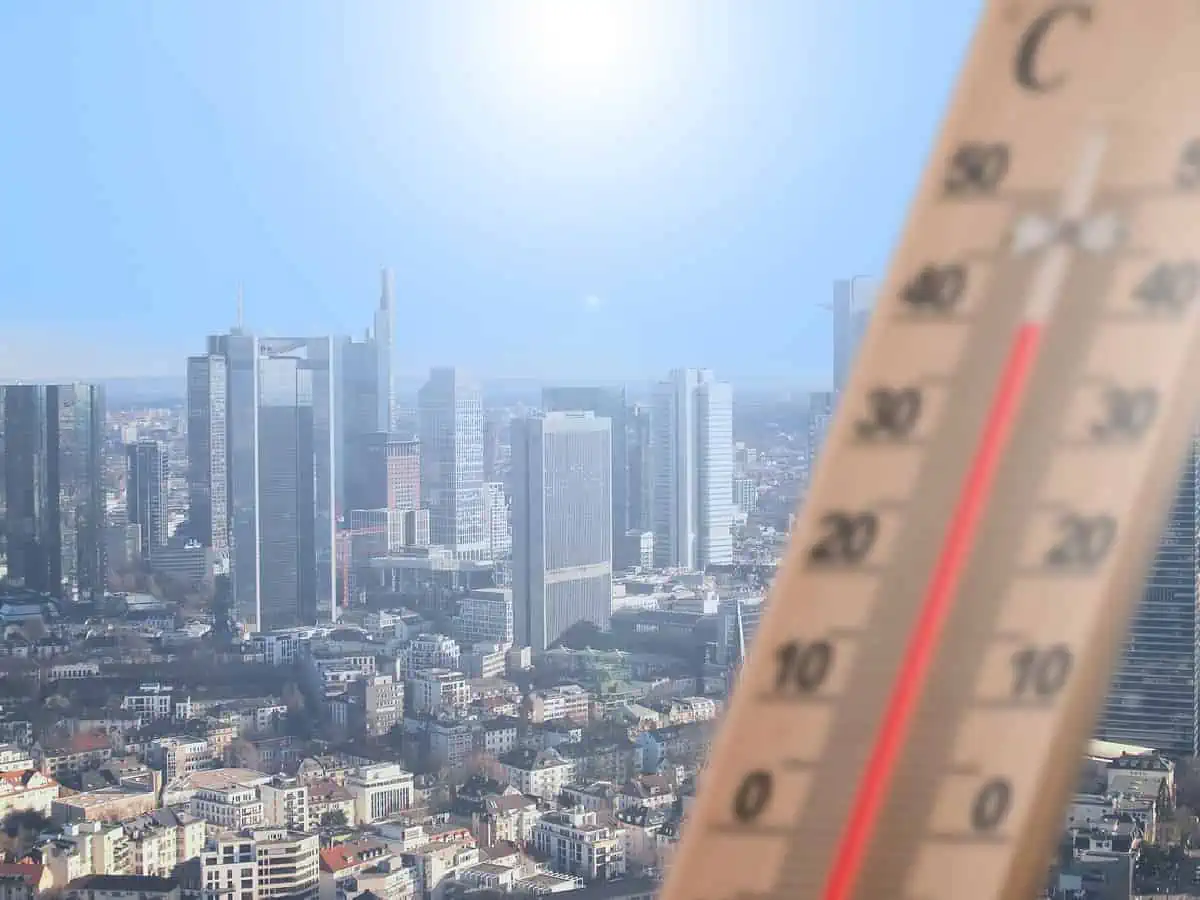
Hyderabad, 5th May 2024 : Hyderabad, like many rapidly growing urban centers, faces the phenomenon of Urban Heat Islands (UHIs), where certain areas experience significantly higher temperatures compared to their rural surroundings due to human activities and urbanization. Several factors contribute to the formation of UHIs, including the concentration of buildings, roads, and infrastructure, as well as reduced vegetation cover and increased heat-absorbing surfaces like asphalt and concrete. Here are some areas in Hyderabad known to be concentrated with Urban Heat Islands:
1. **Central Business District (CBD)**: The heart of Hyderabad, including areas like Abids, Koti, and the surrounding commercial hubs, tends to have higher temperatures due to the dense concentration of high-rise buildings, traffic congestion, and limited green spaces.
2. **Commercial and Industrial Zones**: Areas with significant commercial and industrial activities, such as Hi-Tech City, Madhapur, and Gachibowli, often experience heightened temperatures due to the presence of large office complexes, industrial units, and extensive paved surfaces.
3. **High-Density Residential Areas**: Neighborhoods characterized by high population density and closely spaced buildings, such as Banjara Hills, Jubilee Hills, and Ameerpet, can exhibit UHI effects due to the heat emitted by air conditioning units, lack of greenery, and increased heat retention from concrete structures.
4. **Transportation Corridors**: Major roads, highways, and transportation corridors like the Outer Ring Road, Inner Ring Road, and arterial routes passing through densely populated areas contribute to UHI formation due to vehicular emissions, heat generated by traffic congestion, and expansive concrete surfaces.
5. **Urban Parks and Open Spaces**: Surprisingly, even urban parks and open spaces like Hussain Sagar Lake and Public Gardens can exhibit UHI effects, especially during the daytime when heat is absorbed by paved pathways, concrete structures, and open water surfaces.
6. **Informal Settlements and Slums**: Areas with inadequate infrastructure and unplanned settlements, such as parts of Old City, may experience UHI effects exacerbated by poor ventilation, lack of green cover, and substandard housing materials that trap heat.
Efforts to mitigate Urban Heat Islands in Hyderabad require a multi-pronged approach, including urban planning measures such as increasing green cover, promoting sustainable architecture and landscaping, improving public transportation to reduce vehicular emissions, and raising awareness about the importance of heat-resilient urban design. By addressing these challenges, Hyderabad can strive towards creating a more livable and sustainable urban environment for its residents.








